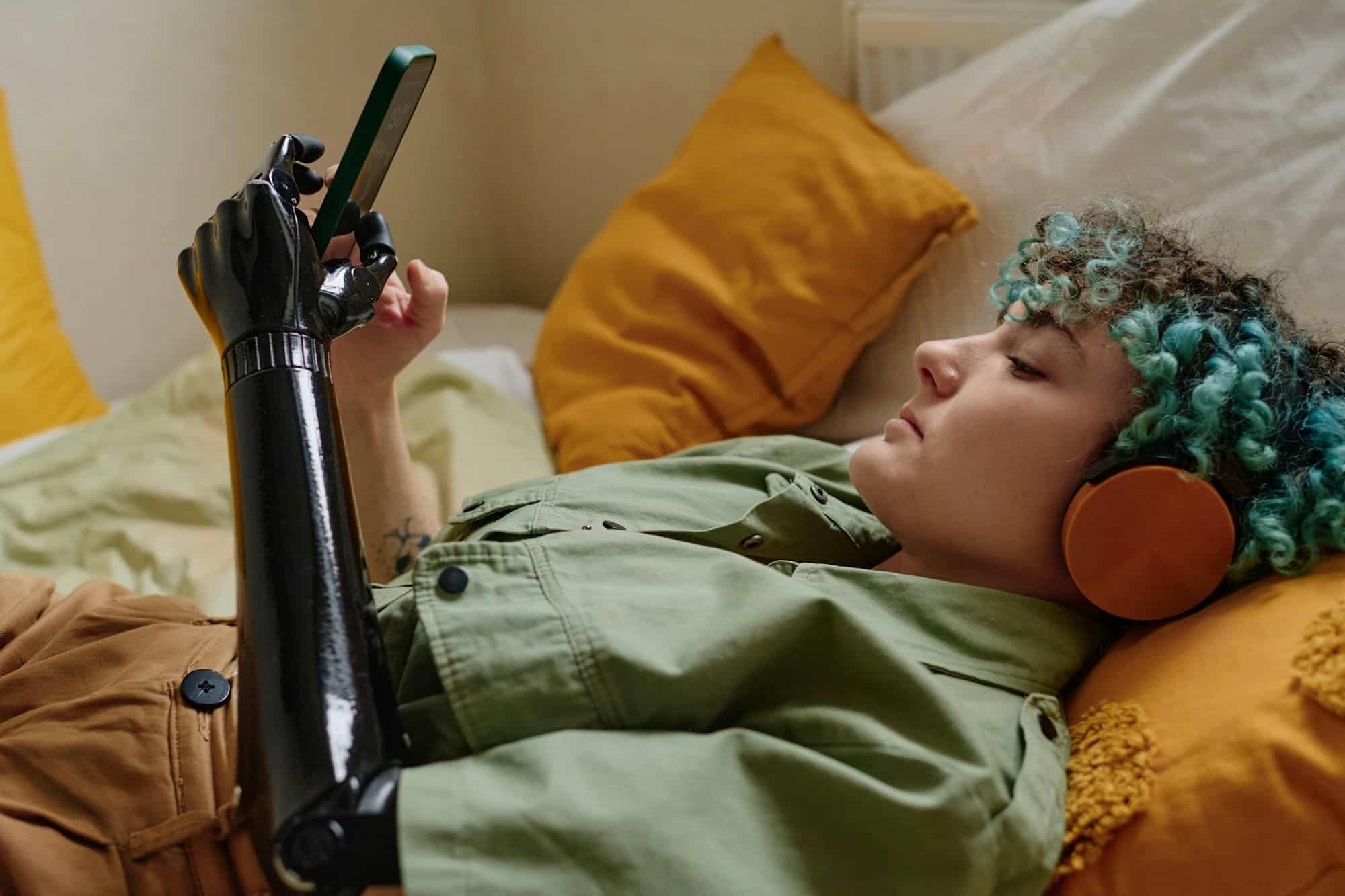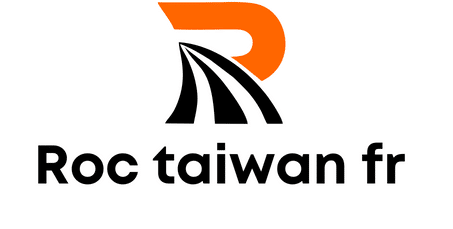What’s the Latest in Customizable Bionics for Enhancing the Lives of UK’s Amputees?

The realm of bionic prosthetics has been progressively evolving, promising a real-life manifestation of science fiction dreams to everyday heroes who have lost an arm or a hand. Transcending the confines of regular prosthetics, bionic technology has become an open gateway to enhance the lives of amputees in the UK. The algorithmic brain of this technology replicates the lost limb’s function with uncanny accuracy, giving the user a sense of regained control and independence. This article will delve into the latest advancements in customizable bionic technology in the UK, and how they’re shaping the lives of amputees.
Shaping the Future: The Progress of Bionic Prosthetics
The initial idea of replicating human limbs through technology has been around for years. The journey has been long, from the earliest prosthetic limbs to the advanced bionics we have today. Each phase of this progression represents years of dedicated work from innovative teams of engineers, medical professionals, and technologists.
Sujet a lire : How to Optimize the Use of Space in UK’s Small Apartments Using Foldable Furniture?
Bionic limbs have been a game-changer in prosthetics. The amalgamation of robotics, AI, and human anatomy has created an interface that allows seamless interaction between the human body and the artificial limb. This has resulted in devices that not only look like real limbs but also function like them.
Over time, the focus of researchers has shifted towards customization. The aim is to provide amputees with a bionic arm or hand that fits their specific needs, ensuring a high level of comfort and usability. This personalized approach has also brought about a marked improvement in the emotional well-being of amputees, as they regain a sense of identity and normalcy.
Avez-vous vu cela : How Can Vertical Aquaponics Revolutionize Urban Farming in the UK?
The Power of Personalisation: Customisable Bionics
The essence of personalisation lies in designing prosthetics that align with the amputees’ unique body dynamics and lifestyle. A running blade for a sprinter or a bionic hand for a painter, the possibilities are endless with customisable bionics.
This approach has accelerated the acceptance and use of bionic limbs. It has empowered amputees, instilling a feeling of control over their lives. Customisation ensures the bionic limb reflects their personality, just like a natural arm or hand would.
One of the most significant aspects of customisation is the incorporation of sensory feedback. This feature allows amputees to experience sensations, like touch and temperature, through their bionic limbs. By mimicking the sensory abilities of a natural limb, bionic prosthetics are continually bridging the gap between natural and artificial.
The Journey Ahead: Emerging Innovations in Bionics
With technology advancing at an unprecedented rate, the field of bionic prosthetics is set for some ground-breaking innovations in the coming years. A team of engineers and scientists are continuously working on creating bionic limbs that take us closer to the next frontier of human-machine integration.
One such promising area is the development of brain-computer interfaces (BCIs). This technology endeavours to connect the human brain directly to the bionic limb, enabling the user to control the prosthetic just by thinking about it. This will significantly improve the ease of use and functionality, making the prosthetic limb feel like an integral part of the body.
Another exciting innovation is the development of ‘smart’ prosthetics. These prosthetics will have embedded sensors that learn and adapt to the user’s movements over time. They will be able to predict and perform tasks, thereby providing a seamless and intuitive experience to the amputee.
The Impact of Bionics: Transforming Lives Across the UK
The proliferation of bionic technology has had a profound impact on the lives of amputees across the UK. Bionics has given them a second chance at a normal life and has opened up a world of opportunities that seemed impossible a few years ago.
From performing daily tasks with ease to pursuing their passions, amputees are experiencing a renewed sense of independence. They no longer see themselves as disabled but as differently-abled. This positive shift in perception has greatly enhanced their psychological well-being.
The transformation brought about by bionic technology is not just limited to the individual. It has also changed the societal perception towards amputees. Society is slowly but surely accepting amputees as equals, thereby diminishing the stigma associated with physical disability.
The bionic revolution is still in progress, and every step taken is a stride towards an inclusive and accessible future. The journey has been challenging, the progress slow, yet the achievements have been remarkable. The possibilities are endless, and the best is yet to come.
The Hero Arm: Revolutionizing the World of Bionics
The Hero Arm, a product of Open Bionics, is a revolutionary bionic arm that has transformed the lives of countless amputees. This prosthetic limb is the result of cutting-edge technology combined with an emphasis on personalisation to match the needs of each individual user.
Designed as a multi grip bionic hand, the Hero Arm is exceptional in its ability to replicate the movements of a natural hand. It provides the user with multiple grip patterns, allowing for versatility in daily tasks. It is also lightweight and comfortable, ensuring that users can wear it for extended periods without discomfort.
The Hero Arm’s customizable nature extends beyond functional attributes; it also allows for aesthetic personalisation. From hero gauntlet to arm hero designs, Open Bionics understands that an artificial limb should reflect an individual’s personality just as much as a natural limb does.
The Hero Arm also includes the Hero Flex system, which allows users to control their bionic hand with their remaining muscles. This advanced system offers the possibility of incorporating sensory feedback, allowing users to feel touch and temperature, thereby making the bionic arm feel more like a part of the user’s body.
Accompanying the Hero Arm is the Sidekick App, a digital companion that helps users get familiar with their prosthetic. The App facilitates training, tracks usage, and provides a platform for users to share their experiences and achievements, thus creating a community of empowered individuals.
Conclusion: Envisioning an Inclusive Future with Bionics
The evolution of bionic technology has come a long way and continues to progress, improving the lives of amputees across the UK. From basic prosthetics to advanced bionic limbs, the journey has been marked by innovation, resilience, and an unwavering commitment to enhancing quality of life.
Open Bionics has been instrumental in this journey. Their products, like the Hero Arm, Hero Gauntlet, and Hero Flex, have redefined the boundaries of what is possible with bionic technology. They have created a new reality for amputees, one where they have control, independence, and the ability to live life on their terms.
Moreover, the shift towards personalisation and the creation of products like the multi grip bionic hand reflects a deep understanding of their users’ needs. This approach has resonated with amputees, generating a sense of identity and normalcy that traditional prosthetics could not offer.
The future is brimming with potential. With emerging technologies like brain-computer interfaces and smart prosthetics, there is no limit to what can be achieved. With each new development, the gap between natural and artificial limbs narrows, and the societal perception towards limb differences is gradually changing.
At its core, bionic technology is about more than just replacing lost limbs. It is a testament to human resilience, a symbol of empowerment, and a beacon of hope for a future where everyone, regardless of their physical abilities, can live life to the fullest. Open Bionics, with its innovative products and user-centric approach, is at the forefront of this bionic revolution, leading the way towards an inclusive and accessible future.
